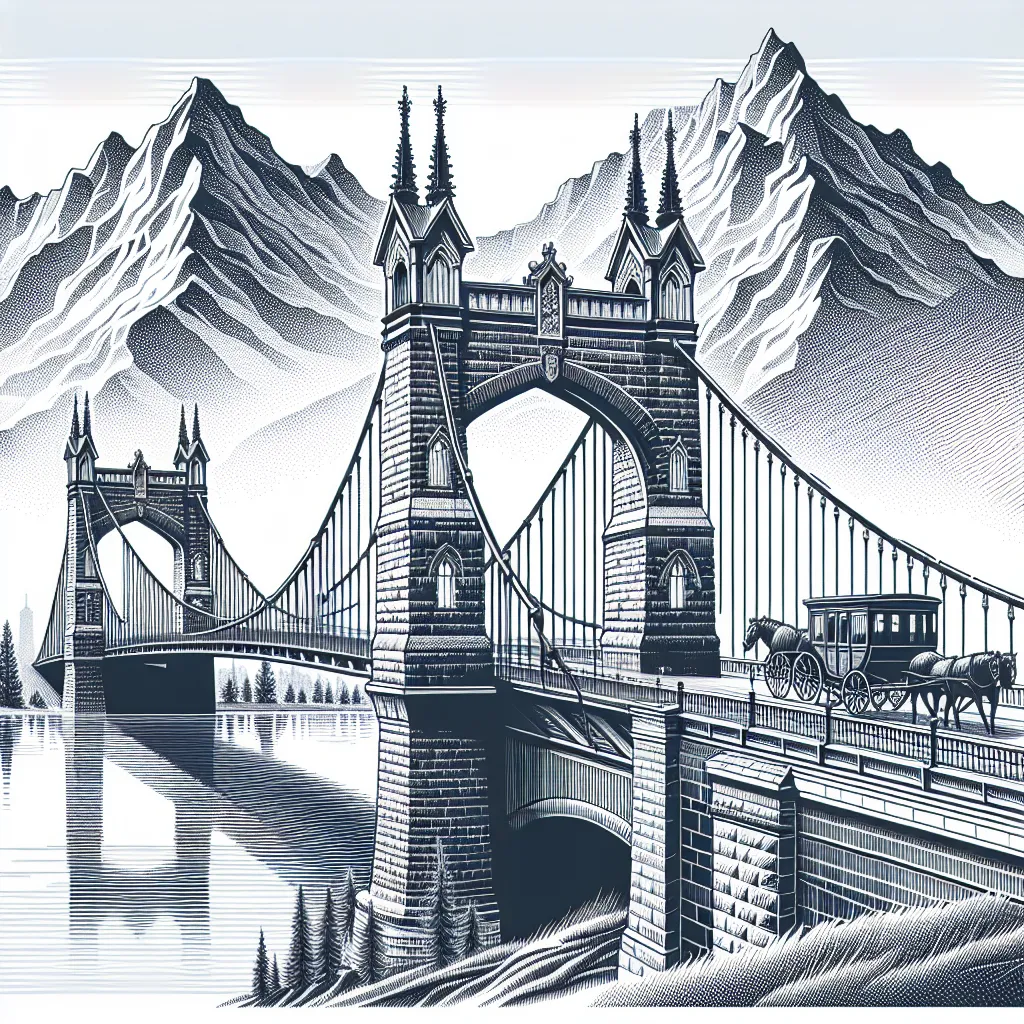The Brooklyn Bridge stands as a timeless testament to human ingenuity and our ability to overcome nature’s challenges. When it was completed in 1883, it was the longest suspension bridge on Earth, towering over the Manhattan skyline, symbolic of the city’s vertical growth. A mysterious disease took its toll on the workforce during its construction, even paralyzing its chief engineer.
Spanning New York’s East River, the bridge connects Manhattan and Brooklyn. Built in an era of horse-drawn carriages, today it endures the weight and wear of 150,000 cars daily, thanks to the relentless efforts of East River iron workers who ensure its continued strength and stability. The bridge holds a special place in the hearts of those who work on it, many of whom have familial ties stretching back generations.
The bridge’s initial construction faced skepticism. Starting in 1870, many doubted its completion. Its gothic towers, which stand 272 feet above the river, were built on giant watertight boxes called caissons, ultimately making the towers sturdy enough to support the bustling traffic of a rapidly developing city.
Despite numerous challenges, including the tragic death of its original designer John Roebling, his son Washington Roebling carried the torch forward, albeit from his bedroom, suffering from the bends—a condition unknown to the workers at the time. It took 14 grueling years and 27 lives to complete.
When the bridge finally opened, it was a marvel of engineering, blending practicality and aesthetic appeal. The structure did more than connect two boroughs; it fostered the rapid growth and unification of New York City, helping it develop into one of the world’s premier cities.
Today, the Brooklyn Bridge isn’t just a route for vehicles; it’s a pedestrian haven. The boardwalk serves as a communal park where people exercise, socialize, and soak in breathtaking views of the city. Once feared as a suicide spot, it has become one of New York’s most romantic locales.
Although John Roebling never lived to see his dream fully realized, his vision has ensured that the Brooklyn Bridge remains a critical artery of New York City, a living, thriving monument that has flourished for over a century.






